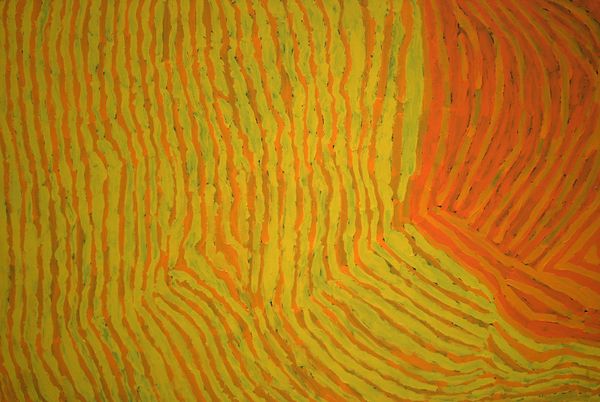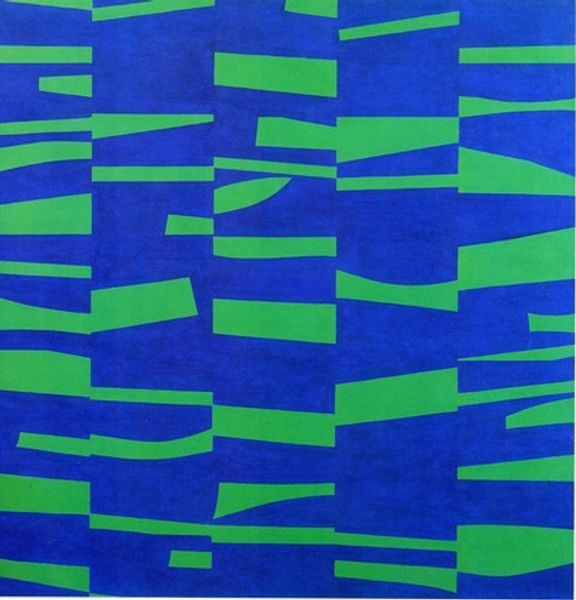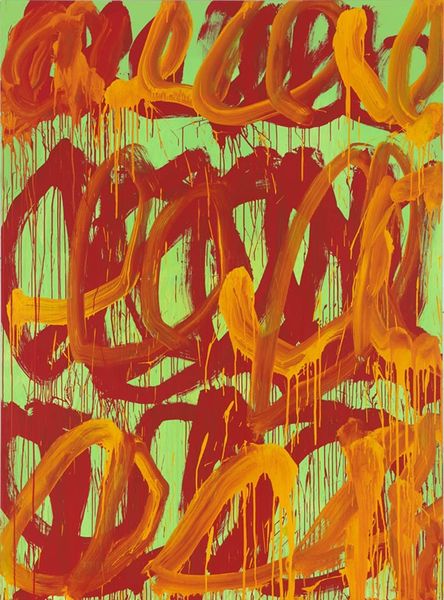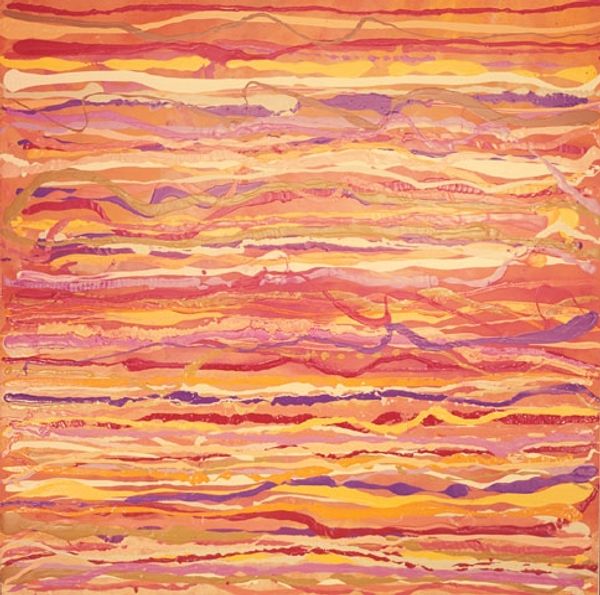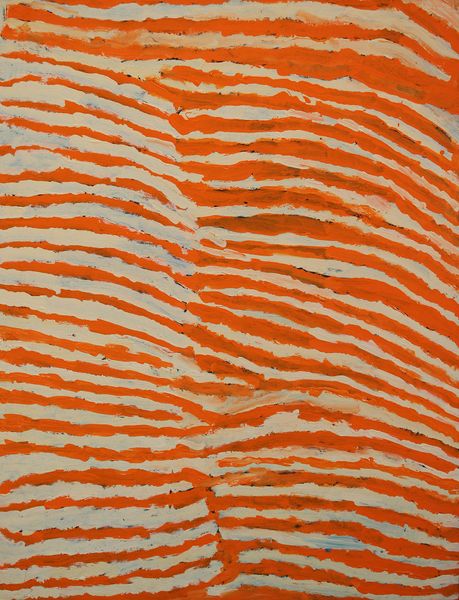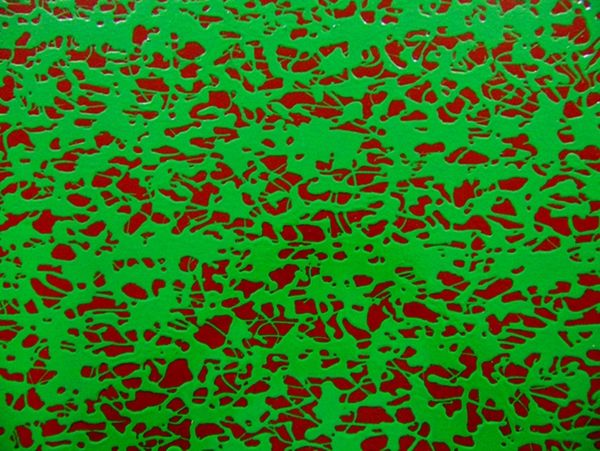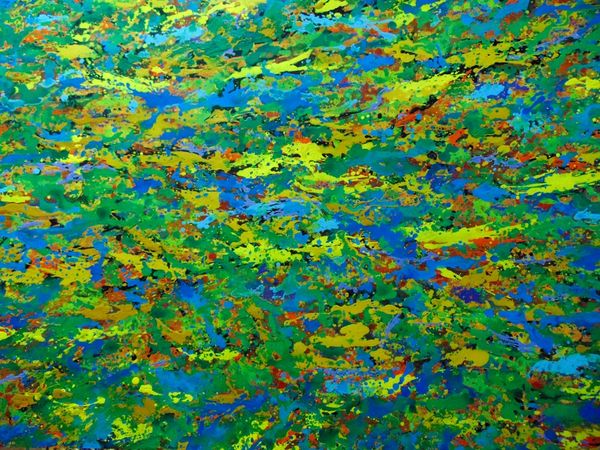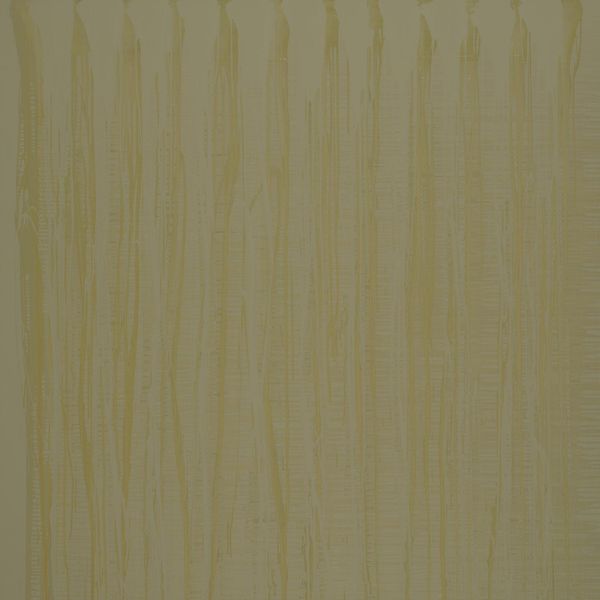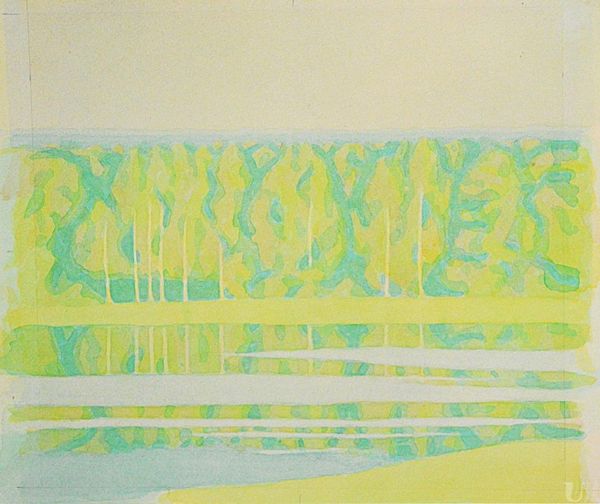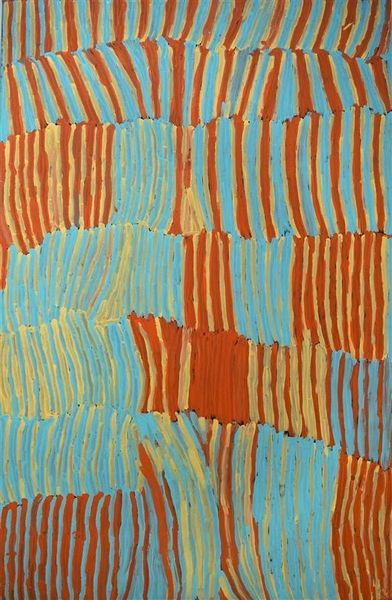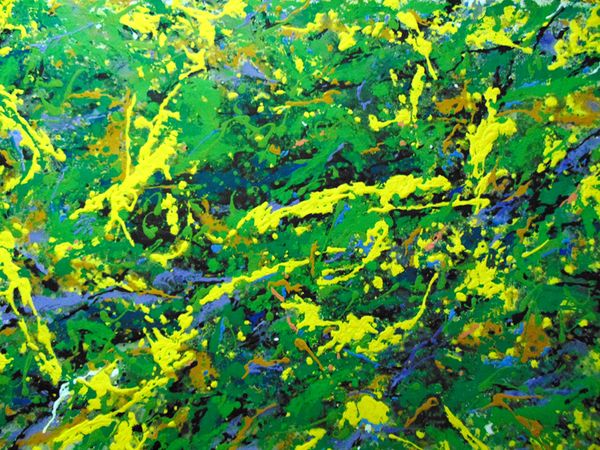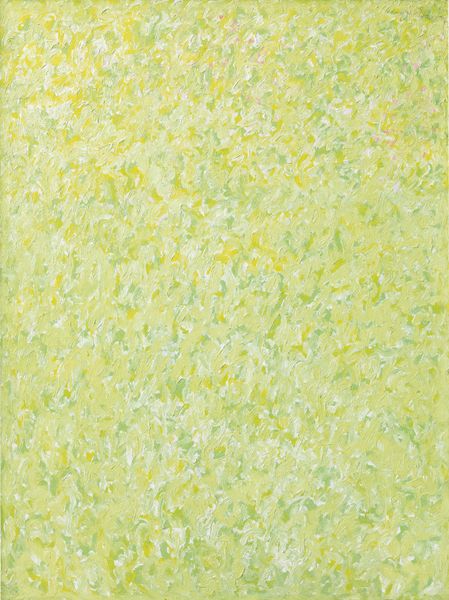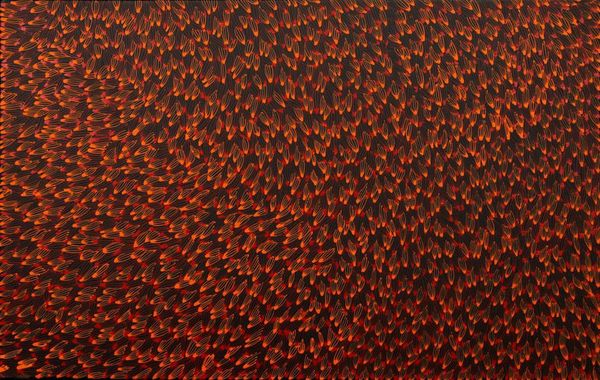
Dimensions: 60 x 65 cm
Copyright: Creative Commons NonCommercial
Curator: We’re looking now at Pablo Rey’s work from 2012, entitled ‘Éstasis verde.’ Rey works with acrylic paint, producing abstract expressionist pieces that have gained considerable attention. What's your initial take? Editor: Well, “éstasis verde” certainly fits! It’s overwhelmingly green—almost hypnotic. There's an undeniable organic feel to the swirling shapes, and despite being abstract, it suggests some kind of undulating landscape viewed from above, but also close up. Curator: The lines, wouldn't you agree, operate formally to establish both pattern and depth? Rey's method uses linear perspective in intriguing ways, especially by generating areas where planes seem to emerge then dissolve back into the composition. The whole is tightly controlled in terms of colour values, yet spatially the movement keeps shifting. Editor: Yes, but considering his material process, the acrylic suggests fast drying and the building of layers. Are we meant to consider it purely a decorative act or is there some repetitive mark-making labour suggested? It’s less about spontaneous gesture as understood in Abstract Expressionism, and more about an almost meditative working practice. The sheer number of these sinuous lines seems very calculated and points towards a specific kind of work that involves time, the hand, and ultimately, craft. Curator: Rey here destabilizes conventional painterly gesture. The continuous lines almost work as a critique of spontaneity. The chromatic restriction intensifies this reading, in my opinion. How the singular use of viridian transforms the application itself into a concept of the eternal present, as it cancels temporal ruptures and the visual effect emphasizes movement in an otherwise fixed medium. Editor: But the color—a very vibrant acrylic green. The artist isn't afraid to choose an industrial color from a factory somewhere that is very specific. Also, it's difficult to overlook this colour's impact: doesn't it provoke consideration of environmental issues? Can it function outside a broader ecological conversation about resources and greenwashing? Curator: I find his manipulation of surface and his commitment to linearity an invitation to decipher how abstract patterns can evoke spatial paradoxes that transcend simple representational concerns. But let's agree on this, that “éstasis verde” proposes an intriguing game. Editor: True, it definitely makes one consider our expectations. Curator: Precisely. The more we allow the lines to resonate, the more Rey encourages us to see abstraction not as empty space but as a charged arena of possibility.
Comments
No comments
Be the first to comment and join the conversation on the ultimate creative platform.
